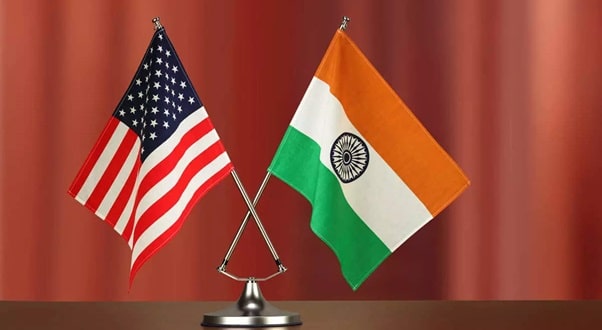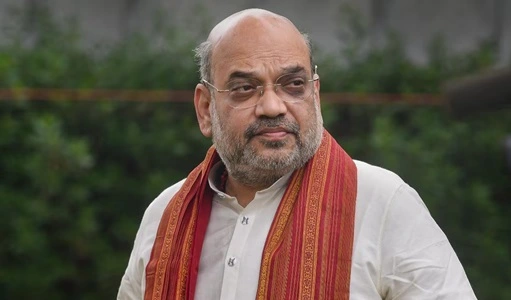The U.S.-India defense relationship is poised for a significant transformation with the introduction of the U.S.-India Defense Cooperation Act by Senator Mark Warner. This bill aims to elevate India’s status to that of the United States’ closest allies, reflecting the growing strategic partnership between the two nations.
Historically, U.S.-India defense relations have evolved from minimal engagement to substantial cooperation. Twenty years ago, defense sales to India were virtually nonexistent, but today, the two countries are collaborating on co-developing and co-producing advanced defense systems. This shift underscores the deepening ties and mutual interests in ensuring regional stability and security.

Strategic Significance
– Countering Regional Threats
One of the primary motivations behind the U.S.-India defense partnership is the shared concern over China’s increasing assertiveness in the Indo-Pacific region. Both nations recognize the importance of a free and open Indo-Pacific, which necessitates a strong, collaborative defense posture. The ongoing border standoff between India and China, coupled with China’s military modernization, has further driven India to seek robust defense ties with the U.S.
– Technological Collaboration
The proposed act emphasizes technological collaboration, particularly in areas such as artificial intelligence, advanced sensors, unmanned systems, and cyber security. This focus on technology is crucial for India’s defense modernization efforts and aligns with its goal of reducing dependence on Russian military equipment, which currently accounts for about 60% of its defense inventory.
Key Provisions of the Act
– Major Defense Partnership
The U.S.-India Major Defense Partnership, established in recent years, has laid the groundwork for this new legislative push. The partnership includes joint military exercises, intelligence sharing, and logistical support, all of which are set to be enhanced under the new act. The act aims to streamline these efforts, making it easier for both nations to collaborate on defense initiatives.
– Defense Industrial Cooperation Roadmap
A significant element of the bill is the Defense Industrial Cooperation Roadmap, which aims to foster co-development and co-production of defense technologies. This initiative is designed to benefit both U.S. and Indian defense industries, promoting joint ventures and reducing regulatory barriers to cooperation.
– INDUS-X Initiative
The INDUS-X initiative, another critical component of the act, seeks to create a network of universities, startups, industries, and think tanks to facilitate defense technology innovation. This initiative will support the co-production of advanced defense technology and enhance the defense capabilities of both nations.
Implications for U.S.-India Relations
– Strengthening Bilateral Ties
The U.S.-India Defense Cooperation Act represents a significant step forward in strengthening bilateral ties. By treating India on par with its closest allies, the U.S. is signaling a long-term commitment to this strategic partnership. This move is expected to enhance trust and cooperation across various domains, including defense, technology, and regional security.
– Impact on Regional Dynamics
The bill is also likely to have a profound impact on regional dynamics, particularly in the Indo-Pacific. As India assumes a more prominent role in regional security frameworks like the Quad, its enhanced defense capabilities will contribute to a more balanced power structure in the region. This development is crucial in countering potential threats and maintaining stability.
Conclusion
The introduction of the U.S.-India Defense Cooperation Act marks a pivotal moment in the defense relations between the two nations. By fostering deeper collaboration and elevating India’s status to that of America’s top allies, the act not only strengthens bilateral ties but also contributes to regional stability and security. As both nations navigate the complexities of the Indo-Pacific region, this enhanced partnership will be instrumental in addressing shared challenges and advancing mutual interests.

